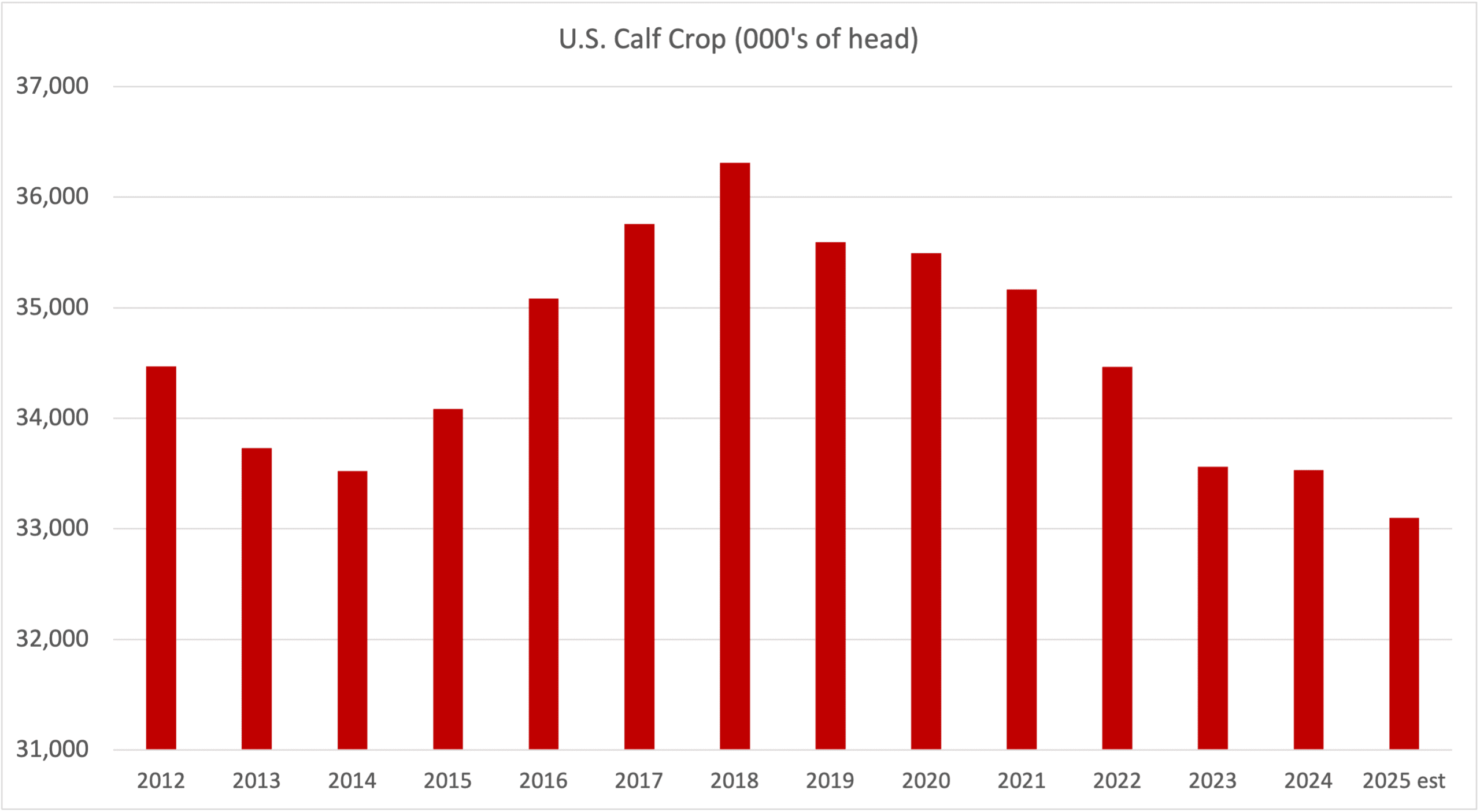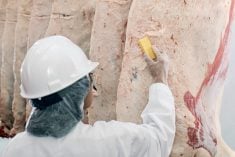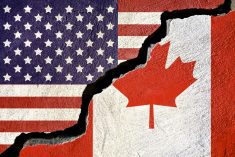The entire beef chain, from ranch to retail and restaurant, depends on consumers to keep paying up for beef. But seldom do all links in the chain make money at the same time. Right now in the U.S., cow-calf operators, cattle feeders and packers are all making decent profits. But retail margins on beef have evaporated as wholesale beef prices at the start of May were 15 per cent higher than the same time last year.
This scenario has produced a certain amount of trepidation among those on the production and processing side of the chain. The annual grilling season began in early May, which is the best beef demand period of the year. The month also led to the week and weekend of the Memorial Day holiday (May 29 this year), which historically records the largest retail beef sales of the year.
I wrote this column well before retailers revealed what beef items they were going to feature for Memorial Day. But I suspect they led with middle meat items, notably ribeye steaks. Because of their lack of margins on beef, the big concern was how aggressive the features would be and whether they would generate the sales seen in past years.
Read Also

Factors influencing cattle feeder market during the fall of 2025
Market analyst Jerry Klassen weighs in on live cattle markets
The second concern is whether retailers will raise their everyday beef prices in June. Beef cutout values at the wholesale level are historically high versus the pork cutout. This led analysts to speculate in May that retailers would turn to pork in June and feature it more than beef. That might occur, especially as pork already enjoyed a considerable competitive advantage in terms of retail pricing. March retail pork prices averaged US$4.76 per pound, versus US$7.23 per pound for the average All Fresh retail beef price.
Recent history, however, has shown that Americans do not significantly reduce their beef purchases in the grocery store because of price. It does not appear that consumer beef buying behaviour has changed significantly thus far this year despite higher retail beef prices, says Derrell Peel, Oklahoma State University. There is little indication of consumers trading down, i.e. switching to lower-value products and away from more expensive beef cuts.
Retail beef prices have been mostly steady since late 2021, says Peel. The 12-month moving average of monthly prices has been above US$7.25 per pound since April 2022. This indicates strong beef demand given record beef production in 2022 and the highest beef consumption per capita at 58.9 pounds (unchanged from 2021) since 2010. Retail All Fresh beef prices averaged US$7.30 per pound in 2022, the highest on record and were up 5.1 per cent on 2021 average prices. The highest monthly price ever was in October 2021 at US$7.55 per pound. Wholesale prices continue to be led by strong middle meat prices, with tenderloins and ribeyes up 12-15 per cent year-over-year, says Peel. Boxed beef prices pushed higher because of decreased beef production and are being supported by continued strong beef demand, he says.
Strong beef demand is always vital but especially now because cash live cattle prices in mid-April soared to new record highs. Then the average price of US$180.44 per cwt live for a five-area steer was up US$16.04 per cwt in three weeks and up 24 per cent from the same week last year. But the price advance then stalled and saw a minor retreat in May. Any rally in live cattle prices will depend on retail beef sales, the size of packer margins and packers’ willingness to keep paying higher money for their raw material.
















